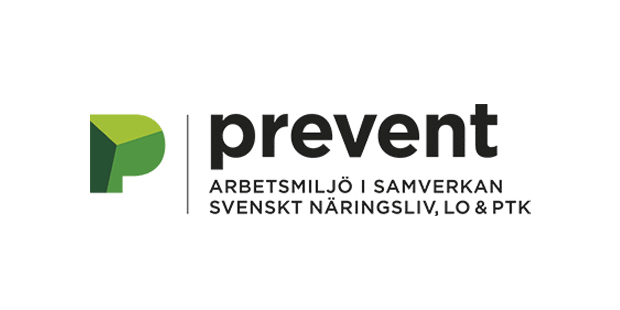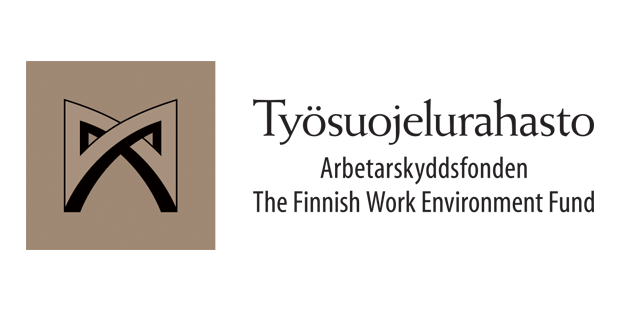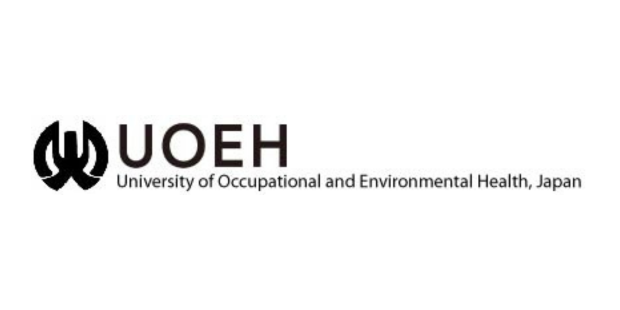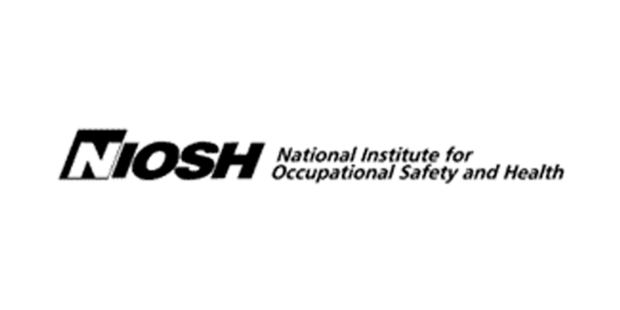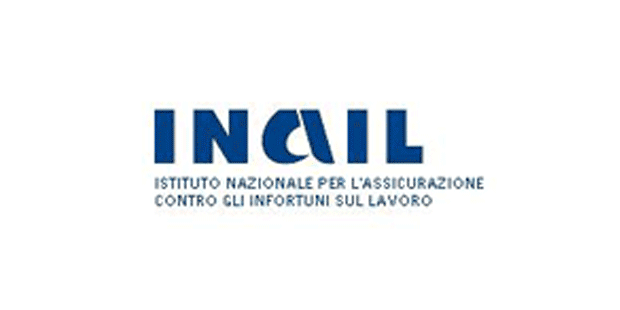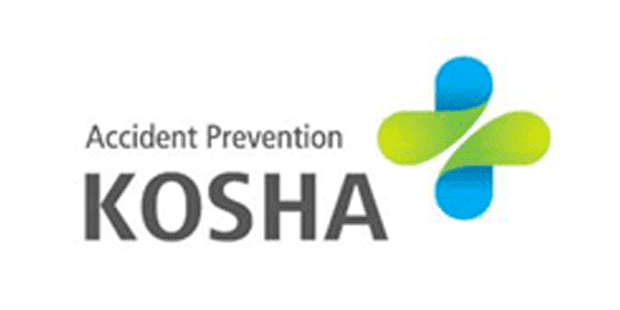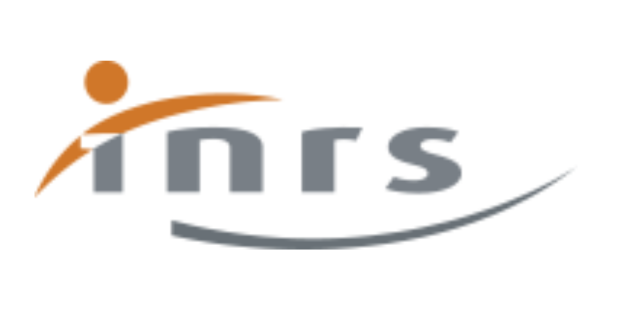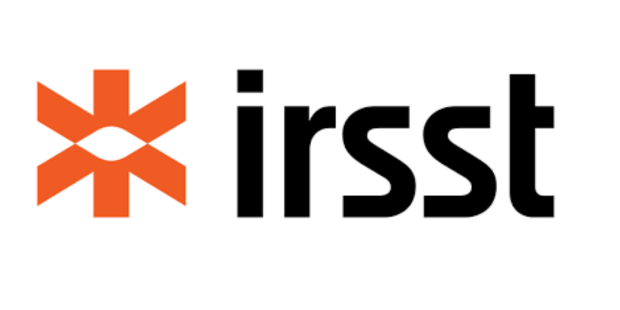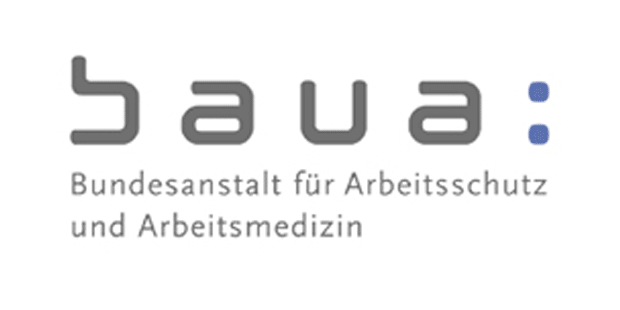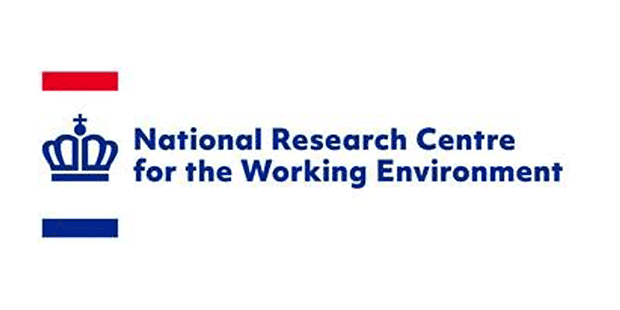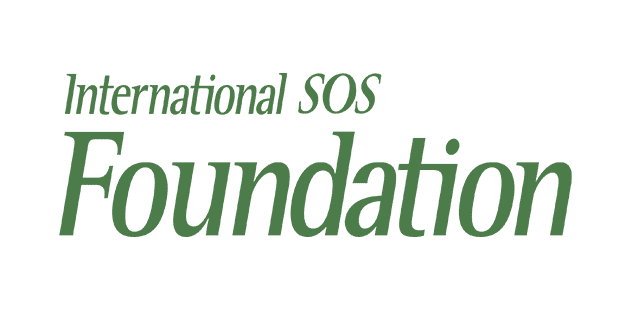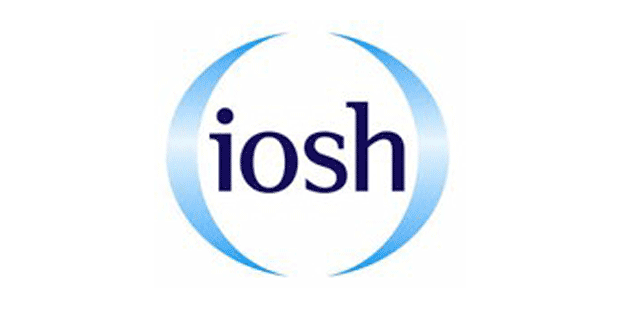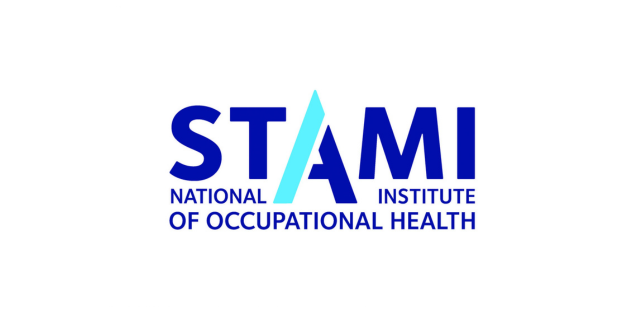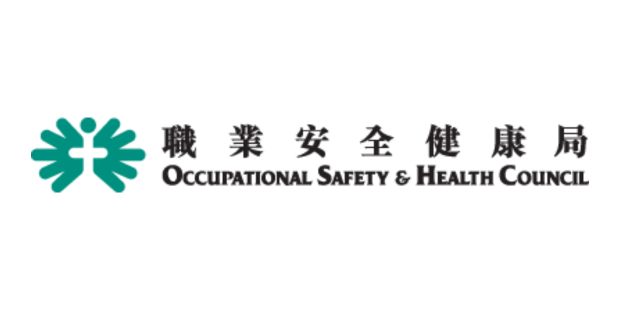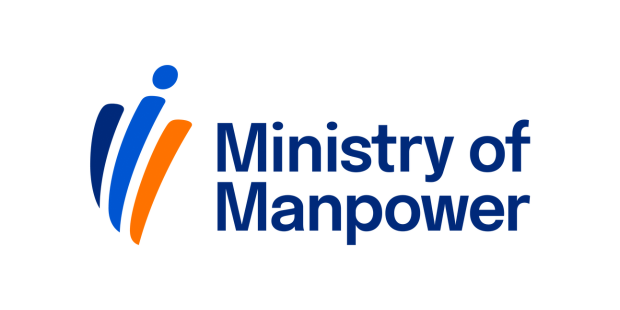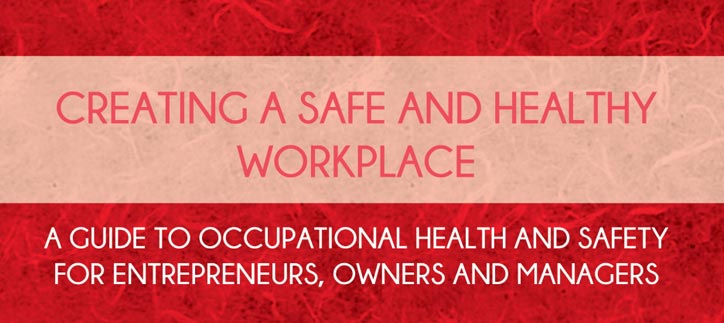Message from the President (October, 2010)
Dear ICOH Colleagues,
The various guidance documents produced through our ICOH activities are utilized as important references for assessing and controlling health and safety risks at work. Many of them result from ICOH Scientific Committees or international task forces in which ICOH members are involved as key experts. We all know we need to accelerate our joint work in this direction.
When I attended the meetings of some of our Scientific Committees held this year, I was pleased to note that concrete plans are envisioned for producing useful guidance documents by these SCs. The ICOH Task and Working Groups are also planning to generate similarly action-oriented practice guidance.
It appears rewarding to expedite our work for producing action-oriented guidance documents in a systematic manner. We are sometimes told that the production of such documents, while they are much needed, is rather slow. There is a clear need to produce them in a timely manner. In responding to this need, it is necessary to exchange our recent experiences, in particular in aiming at comprehensive risk assessment on the one hand, and building partnership with other actors in our field, on the other.
Aiming at comprehensive risk assessment
The discussions at the meetings of the SCs I attended this year, especially those during the latter half of this year, always touched on the need to provide guidance on comprehensive risk assessment. These meetings were those of the members of SCs on shiftwork and working time, small enterprises and the informal sector, rural health and occupational health in development. I also learned of similar discussions done by other SCs dealing with hazardous risks at work. Workers studied by these SCs were typically exposed to multiple risks at work, and the need is evident for comprehensive risk assessment that can lead to workplace decisions about priority measures addressing significant risks among the multiple risks.
At the workplace level, however, managers and workers who make decisions about priority measures are often not equipped with ready-to-follow procedures to assess significant risks and identify workable countermeasures. We also realize that such procedures need to be adapted to local situations particularly in small enterprises, in non-regular employment and in rural areas. In response, workplace procedures and support tools are being developed by many SCs to help people implement feasible improvements that can reduce prioritized risks. The SC meetings I attended recently were commonly planning to produce concrete guidance about such comprehensive procedures.
It is advisable to work out the guidance about comprehensive risk assessment and control in an action-oriented manner. The guidance should focus on its direct use at the workplace, for example, by group work of workplace people. We need to provide guidance about how to know relevant risks, how to prioritize risks to be addressed and how to agree on necessary countermeasures, with the support of occupational health and safety professionals when necessary. I am sure we can learn much from those guidance documents that have proven effective in real use.
Building partnerships for effective tools
It is encouraging that the processes of developing the proactive guidance and related tools by our SCs are usually interactive as they involve collaboration with partner organizations and relevant scientific groups. The partnership with such partners should be fully utilized in developing and evaluating the guidance for field use. Examples of these partners I saw this year are research groups on small enterprise issues, international organizations such as the Working Time Society and the International Association on Agricultural Medicine and Rural Health, partners of international networks including those of the ILO and WHO as well as employers’ and workers’ organizations.
Experiences in training on risk assessment and control by these partner organizations, in addition to those by our SCs, are especially valuable in further developing guidance in varied situations.
The large merits of collaborating with other partners may also be confirmed from my own experience in developing training tools for identifying feasible workplace improvements in small-scale workplaces. These tools are now used in small enterprises and agriculture in different regions. The procedures for prioritizing necessary improvements based on local good practices seem effective in guiding and training managers, workers and farmers. The partnership with expert groups in different areas, with trade associations, with workers’ organizations and farmers’ associations and with international organizations has greatly contributed to developing workable guidance and ready-to-use action tools.
The partnership with the IEA (International Ergonomics Association) has been pivotal in jointly developing an ICOH/IEA guidance document on applying ergonomics in occupational health practice in industrially developing countries. The aim has been to provide guidance about comprehensive ergonomic risk assessment and control in different local situations. This document, reviewed by the two organizations, will be published soon.
Field experiences in applying guidance documents and tools developed based on these partnerships will be a valuable asset in our future work.
The value of good practices in our field
It is of particular interest that many of the guidance documents being developed for upgrading occupational risk assessment and control are based on the recent progress in workplace-level good practices studied and reported in our field. These good practices are usually reported as part of occupational safety and health management systems or comprehensive risk management, and herefore useful to link the guidance with the newly developing procedures.
Of late, the European Agency for Safety and Health at Work has launched a risk assessment tools database. The database offers a good insight into the practical, action-oriented types of risk assessment procedures and tools. Similar tools databases and newly developing good practice databases provide us with important clues in our joint work for developing guidance on comprehensive risk assessment and control. Since there are in fact many guidance documents and tools offered, our task will be to provide concrete guidance about how to identify workable procedures in various filed conditions and how to achieve good practices particular in small-scale workplaces.
2009 has been a productive year for us in ICOH. Let us continue to strengthen and accelerate our work for producing workable guidance documents for their direct use in our field.
Kazutaka Kogi
President of ICOH


